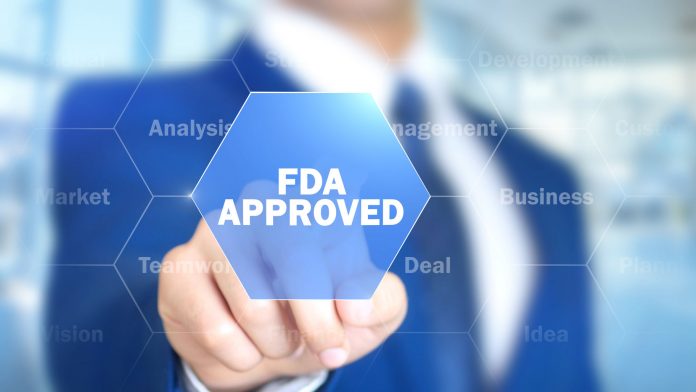In 2006, Johnathan Lubecky was deployed to Iraq. While fighting for his country, Johnathan faced constant enemy strikes, one of which resulted in a traumatic brain injury. Exposures to the horrors of war resulted in Johnathan developing post-traumatic stress disorder (PTSD).
Tragically, many soldiers share similar experiences. The U.S. Department of Veteran Affairs estimates between 11 and 20 percent of veterans serving in the War on Terror develop PTSD. Even for those with no military experience, PTSD is surprisingly common. An estimated 8 percent of the U.S. population (roughly equal in size to the population of Texas) will experience PTSD.
Treating PTSD is challenging, often requiring both medicinal treatment and considerable time spent in therapy. Unfortunately, some patients struggle to relive their traumatic experiences without suffering extreme emotional distress. In these cases, available treatments rarely help.
Many veterans fall into this category. After leaving the army in 2009, Jonathan tried cognitive behavioral therapy and a variety of anti-depressants to curb his PTSD. Everything he tried failed to help him cope with his intensifying condition. He eventually became suicidal.
Thankfully, Johnathan no longer meets the requirements for participating in a clinical trial to help participants relive their traumatic experiences without inflicting severe emotional harm.
Ecstasy, sometimes called “molly,” is typically considered to be a dangerous “party” drug. The Drug Enforcement Administration upholds this reputation. In 1985, despite considerable disagreement from healthcare professionals, the agency classified ecstasy as a Schedule 1 controlled substance and banned it from medical use.
However, therapists, psychiatrists, and neurologists began recognizing ecstasy’s unique therapeutic benefits during the 1970s. From 1970 to 1980, nearly half a million doses of ecstasy were used to help patients cope with traumatic events. In the following decades, numerous articles appeared in scholarly journals noting ecstasy’s unique therapeutic ability.
To the relief of many veterans and others who have PTSD, the Food and Drug Administration granted ecstasy breakthrough therapy status in 2017. The drug performed so well that many expect it to be fully approved for therapeutic use next year. Most recently, the FDA agreed to expand access to ecstasy to help many cope with PTSD.
But promising clinical trial results and the urgent need for more treatment options haven’t deterred the DEA from their initial scheduling decision. Historically, this had led to contestation between the FDA and the DEA.
Sooner rather than later, a decision will be reached. For the sake of millions suffering from PTSD, let’s hope ecstasy gets the recognition it deserves.
